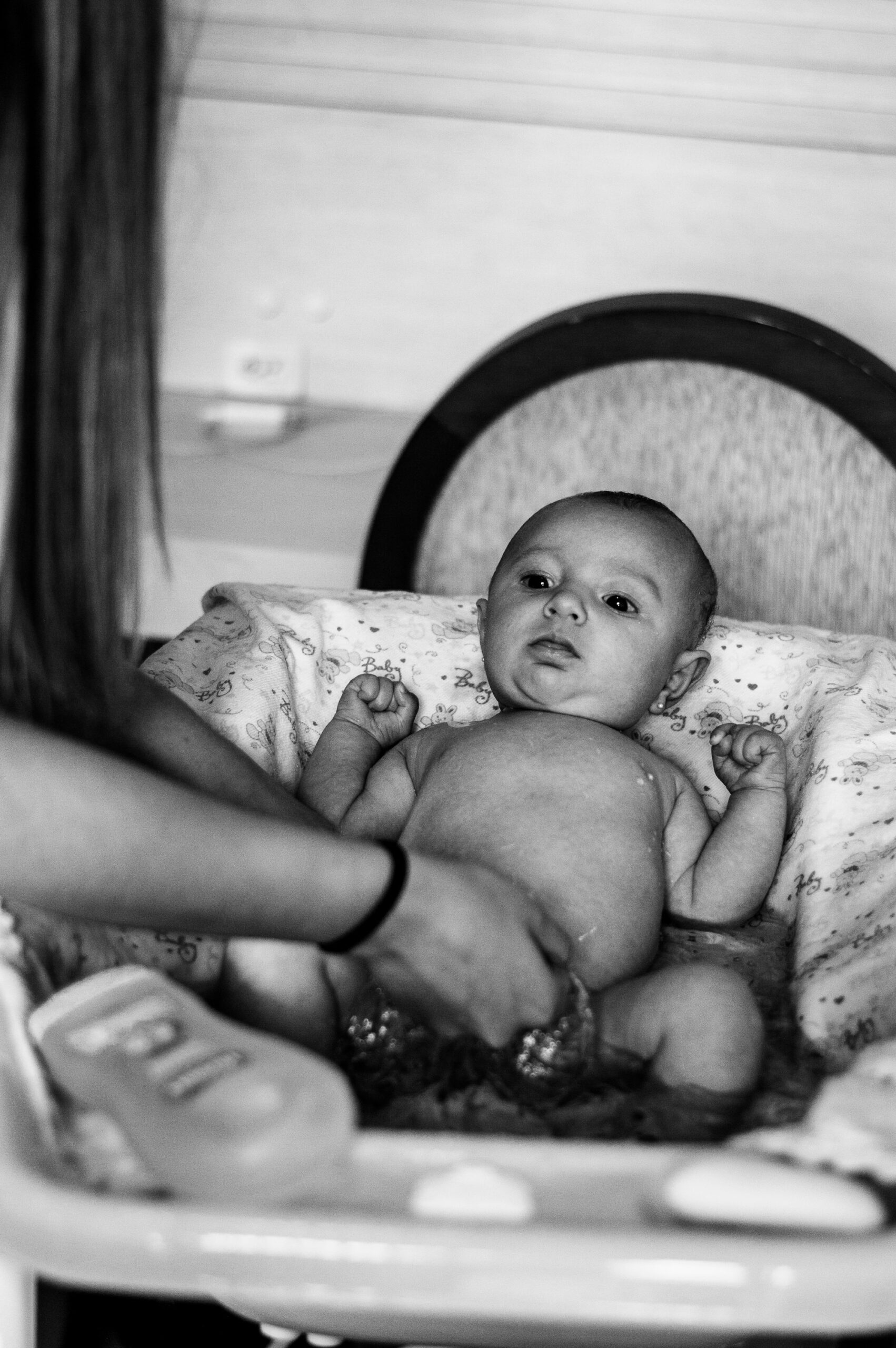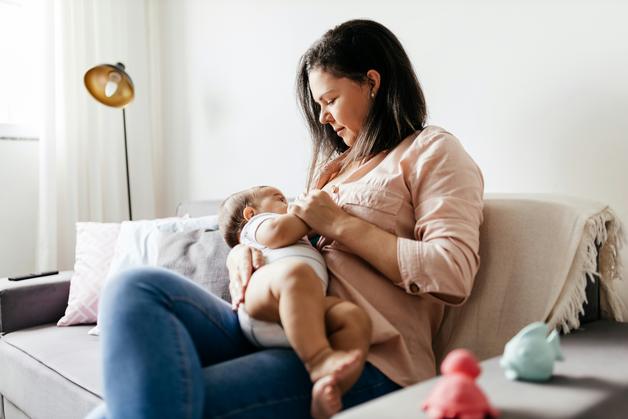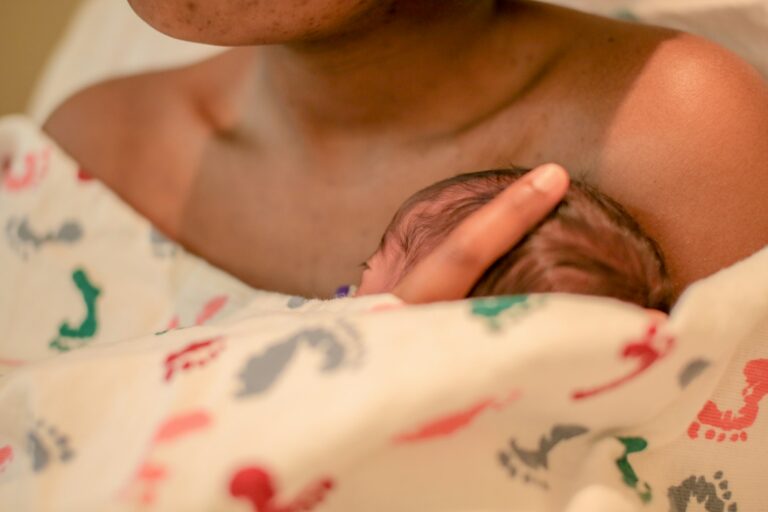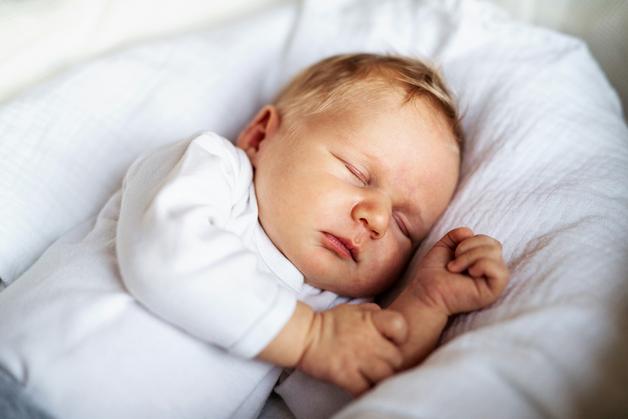The first encounter with a newborn bath can be both a gentle performance and a moment of uncertainty—tiny limbs, delicate skin, and a world of questions swirling in your mind. Should you wait before the first bath, or is an immediate cleanse safer? Is it necessary to bathe daily or will that strip the skin of natural oils? While the scent of a newborn is precious and their skin astonishingly soft, this vulnerability raises many concerns: hygiene, bonding, safety, even sleep routines get tangled in the practice. Here, practical answers blend with medical expertise, transforming newborn bath time into both a scientifically grounded and emotionally nourishing experience. Ready to discover how to keep your baby’s skin healthy and your heart a little lighter? From the best temperature for bath water (not too hot, not too cold—let’s say comfortably lukewarm, close to body temperature) to the question of the umbilical cord, get familiar with routines, evidence-based tips, and a dash of reassurance along the way.
Establishing Newborn Bath Habits: Frequency, Timing, and Myths
What is the ideal rhythm for newborn bath rituals? Frequent confusion emerges: is daily bathing necessity or excess? Most pediatric guidelines (and practical experience) converge—bathing your newborn two to three times a week is sufficient for maintaining cleanliness without drying the fragile skin. Exposing the baby too often to water and cleansers may disrupt that thin shield the skin naturally perspires, known as the vernix caseosa, still lingering for a few days (sometimes weeks) after birth. This creamy, slightly waxy layer is not just a quirky leftover from the womb. Extensive clinical evidence recognises it as a biologically active barrier: it hydrates the skin, wards off some harmful bacteria, and gives those developing skin cells a chance to grow robustly. Delaying the first newborn bath by at least 24 hours has been shown to help with temperature regulation, strengthen breastfeeding, and amplify early parent-infant bonding.
But what about your family’s unique routine? Mornings may be energising for some babies, while for others—especially those finding evenings a little turbulent—a newborn bath can be the prelude to long, restful sleep. One certainty: avoid bathing immediately after feeds, or during cranky spells when hunger is winning over tranquillity.
The Art and Science of Preparation: Safe, Soothing, and Supportive Environments
A newborn bath demands more than a splash of water. Preparation is your best ally—gather every supply within arm’s reach before undressing your child. The checklist is simple yet non-negotiable:
- A baby bathtub or a sturdy basin lined with a small towel (cushioning matters!)
- Soft, absorbent towels—hooded ones add an extra layer of warmth post-bath
- Mild, fragrance-free hypoallergenic baby cleanser or just warm water
- A gentle washcloth or sponge
- Fresh diaper, clean set of clothes, and perhaps a soft brush for the baby’s scalp
- Bath thermometer (if available), else rely on the sensitive skin of your wrist or elbow to check water temperature—close to 37°C (98.6°F) is ideal
- For extra comfort, keep a small vessel ready to pour warm water gently over your newborn during the bath
Room temperature shouldn’t be overlooked—20–25°C (68–77°F) helps avoid sudden chills. The air, calm and draft-free, turns every newborn bath into a cocoon-like experience.
The Step-by-Step Approach: How to Bathe a Newborn with Confidence
Each move during a newborn bath matters—there’s both precision and gentleness in sequence:
- Test the water—lukewarm, not hot. The surface should not feel more than faintly warm on your skin.
- Undress your baby—swiftly and gently, to avoid chills. Wrapping in a towel as you go can ease this process, especially with fussy newborns.
- Hold with support—your hand cradles the head and neck; your forearm supports the body. The grip is secure, but never forceful.
- Begin with the cleanest areas—face and neck, using just water on a washcloth. Progress to arms, chest, and back, then finally diaper area and between toes or fingers.
- Avoid scrubbing—let water and mild cleanser (used sparingly) do most of the work.
- Care around sensitive spots—if the umbilical cord stump is unhealed, stick to sponge baths, gently wiping without submerging.
- Rinsing—a separate clean cloth dipped in warm water removes all traces of cleanser.
- Keep it brief—five to ten minutes is enough.
- Immediate drying—wrap in a fluffy towel, pat dry with special attention to each fold (armpits, neck folds, behind knees).
- Moisturise—if skin seems dry, choose a fragrance-free, dye-free gentle baby lotion.
All along, voice and touch matter. Sing, softly narrate your moves, or simply talk—your baby’s developing sense of security partly emerges from hearing the familiar clarity of your voice.
Navigating Skin Science: Protecting and Nurturing the Delicate Barrier
Newborn skin is a wonder and a mystery—thin, far more permeable than adult skin, and yet teeming with the beginnings of a unique microbiome (the mix of bacteria, fungi, and other tiny lifeforms that shape skin health long term). The presence of vernix caseosa on a newborn at birth isn’t just visual—it’s a biologically crafted moisturizer and shield, offering antimicrobial protection. Limit newborn bath exposure in the first weeks to avoid washing away this natural armor too soon.
Choose cleansers that are pH-balanced, soap-free, and fragrance-free—these words on the label are not mere marketing. Harsh detergents or perfumed products, even if designed for children, can provoke rashes, irritation, and dryness. When skin does become a little flaky, a hypoallergenic moisturizer compensates for lost hydration after the bath.
Inspection post-bath matters too: observe any redness, rashes, swelling, or other change. Areas like the umbilical stump require vigilance—look for swelling or discharge, signalling infection, and consult your pediatrician if those appear.
Safe Practices: Supervision and Emergency Awareness
Every newborn bath merits constant presence—not stepping away, not even for a second, as accidents in as little as two inches (5 cm) of water are documented in even the shortest distractions.
Never exceed water temperature above 49°C (120°F) to avoid scalds, and always check before placing your baby in water. Non-slip mats in the adult bath, when families choose to share a tub, are advisable; but dedicated newborn bathtubs are architected for support and containment. If older siblings help, reserve only minor tasks and keep the baby under continuous adult supervision.
For parents desiring additional reassurance, consider familiarising yourself with basic infant CPR—not for fear, but for knowledge.
Adapting Bathing and Bonding Rituals: Families, Culture, and Individual Needs
Family traditions may shape the newborn bath—some rely on formulated routines passed through generations, fabrics steeped in history, specific timings, or ritual prayers and songs. Scientific evidence agrees: the act of gentle touch, repetitive motion, and calm voice all help anchor emotional security.
Climate and season matter, too—drier months may lead to more vigilant moisturizing post-bath. In hotter conditions, baths may double as cooling rituals, while in chillier months every minute matters to prevent chills. Premature infants or babies with medical conditions sometimes require special considerations—always adapt advice in consultation with your healthcare provider.
Troubleshooting: If Bath Time Becomes a Challenge
Babies, with their compelling sensitivity, may resist the newborn bath—crying, stiffening, or trembling. Sometimes, it’s simply the newness. Sometimes, it’s too chilly or a draft that interrupts peace. Adjusting the time of day, wrapping the baby loosely in a warm damp cloth during the bath (a “swaddle bath” approach), or adding bath toys for older infants can gradually turn distress into discovery.
For newborns with eczema or dry skin, reduce bath frequency, avoid any cleanser apart from the mildest, and apply a generous coat of hypoallergenic moisturizer right after drying, before skin fully cools.
After Bath Care and Routine Building: Beyond Cleanliness
Baths flow naturally into aftercare—prompt drying, wrapping in a warm towel, applying gentle moisturiser, and dressing the baby in comfortable clothes. For some families, the newborn bath is a preamble to swaddling and sleep; for others, it punctuates the energy before play. Include siblings in small, supervised ways to foster connection—but always with direct adult oversight.
Keep an observant eye: visible skin changes (patches, flares, rashes) or indications of chilling (pale lips, shivering, unusual lethargy) should not be ignored. In these moments—or when persistent irritation, hives, or suspected infection emerge—medical advice is the safest compass.
Key Takeaways
- Newborn bath frequency: two to three times per week is a sweet spot, though daily baths are gentle possibilities if skin stays healthy and your baby enjoys them.
- Delay the first bath after birth to at least 24 hours to bolster skin protection, support temperature control, and enhance parent-infant bonding.
- Preparation matters: check water temperature, gather all supplies, and ensure a calm, warm environment.
- Use only mild, pH-balanced, fragrance-free cleansers; avoid over-bathing.
- Supervision is non-negotiable—never leave your baby unattended.
- Each newborn bath is a sensory, bonding, and developmental journey, not just hygiene.
- Accommodate cultural rituals and climatic needs, while prioritising medical advice for preterm or medically complex babies.
- If questions or skin concerns persist, consider contacting a healthcare practitioner—and a great next step is downloading Application Heloa for personalized advice and free health questionnaires specially designed for children.
Questions Parents Ask
How should I wash my newborn’s hair and scalp without causing discomfort?
For most tiny babies, a separate shampoo routine is unnecessary—simply wipe the scalp and hair gently with a soft washcloth soaked in warm water. If visible dirt or cradle cap develops, a drop of mild, fragrance-free shampoo, massaged delicately and then rinsed thoroughly, helps. Using a soft baby brush post-bath can loosen any lingering flakes. No daily shampoo is required; once or twice a week suffices.
What if my newborn cries during baths?
Newborns express protest in many ways, especially during the early baths—the adjustment is real. Start by ensuring the room and bathwater are both comfortably warm. Speak softly, sing, or even wrap your baby in a warm, damp towel for a “swaddle bath” approach. Experiment with different times of day; some babies relax more in the evenings, while others are calmer after a morning feed. Persistent cries are not uncommon and often lessen as the newborn bath becomes part of a comforting routine—observe, adapt, and trust your intuition.
Should I bathe my newborn before the umbilical cord falls off?
It is wise to wait before submerging your newborn for a full bath until the umbilical stump falls off and the area is dry. Until this natural separation occurs (often within one to two weeks), stick to gentle sponge baths. Cleanse the face, hands, neck folds, and diaper area with a damp cloth, carefully avoiding the cord. If any accidental splashes happen, pat dry gently. Noticing redness, swelling, or discharge? This deserves timely attention from a paediatrician for safe healing.
Further reading:









